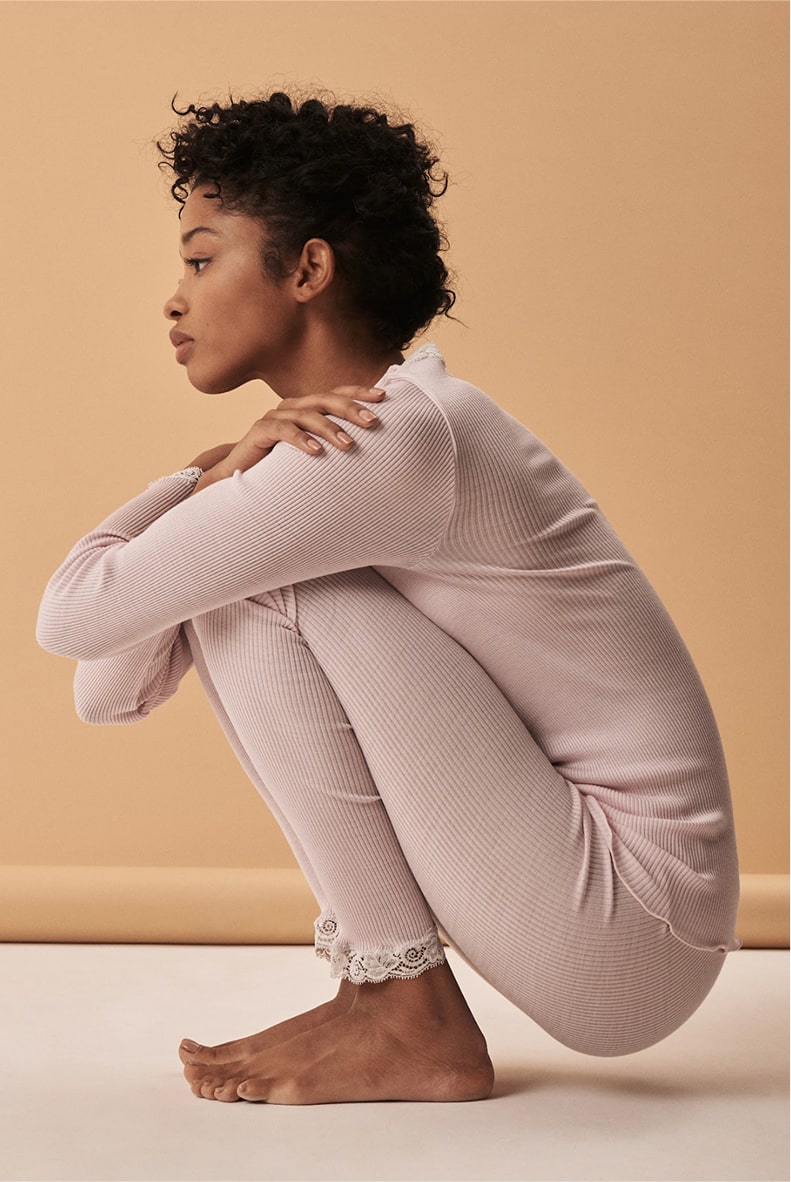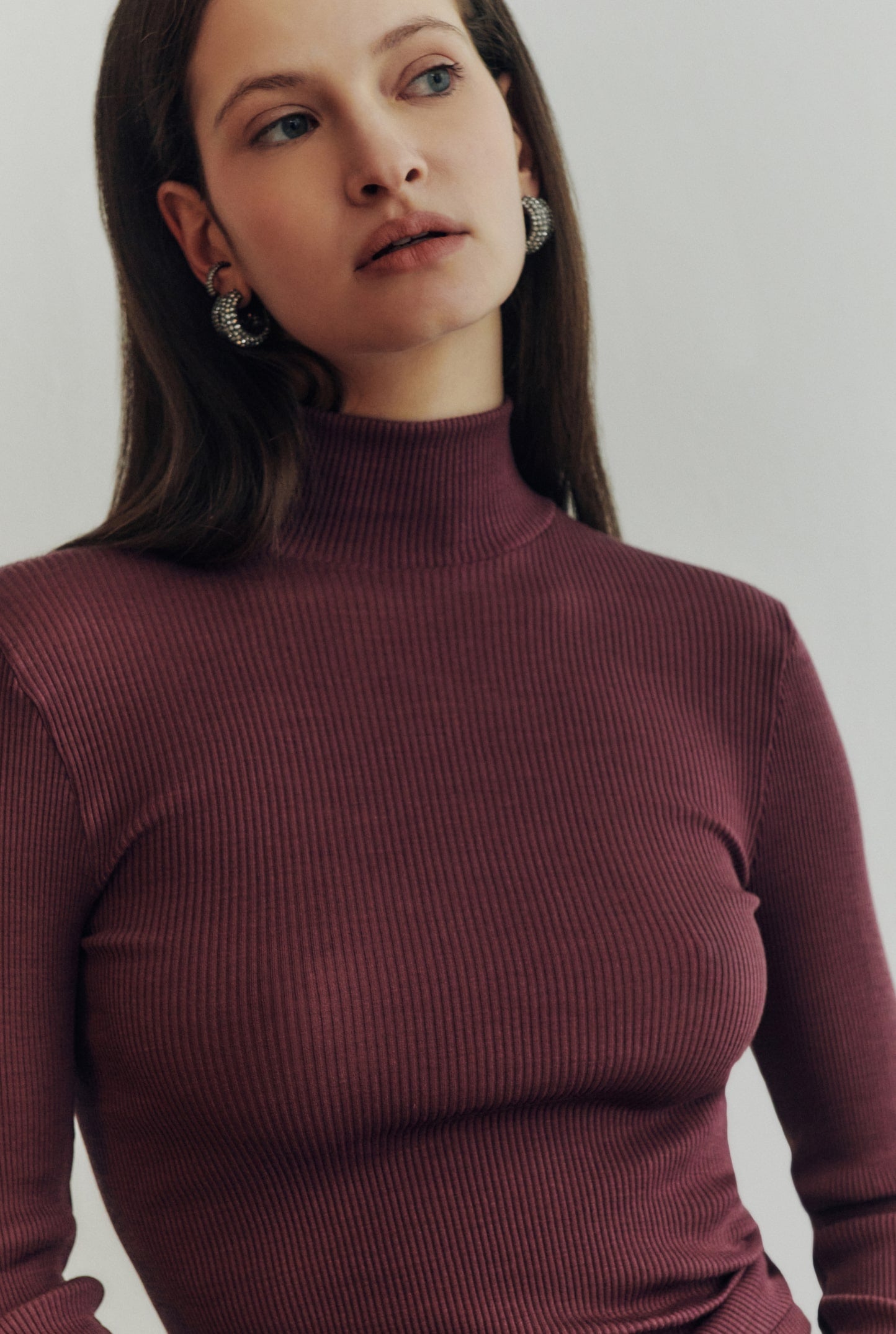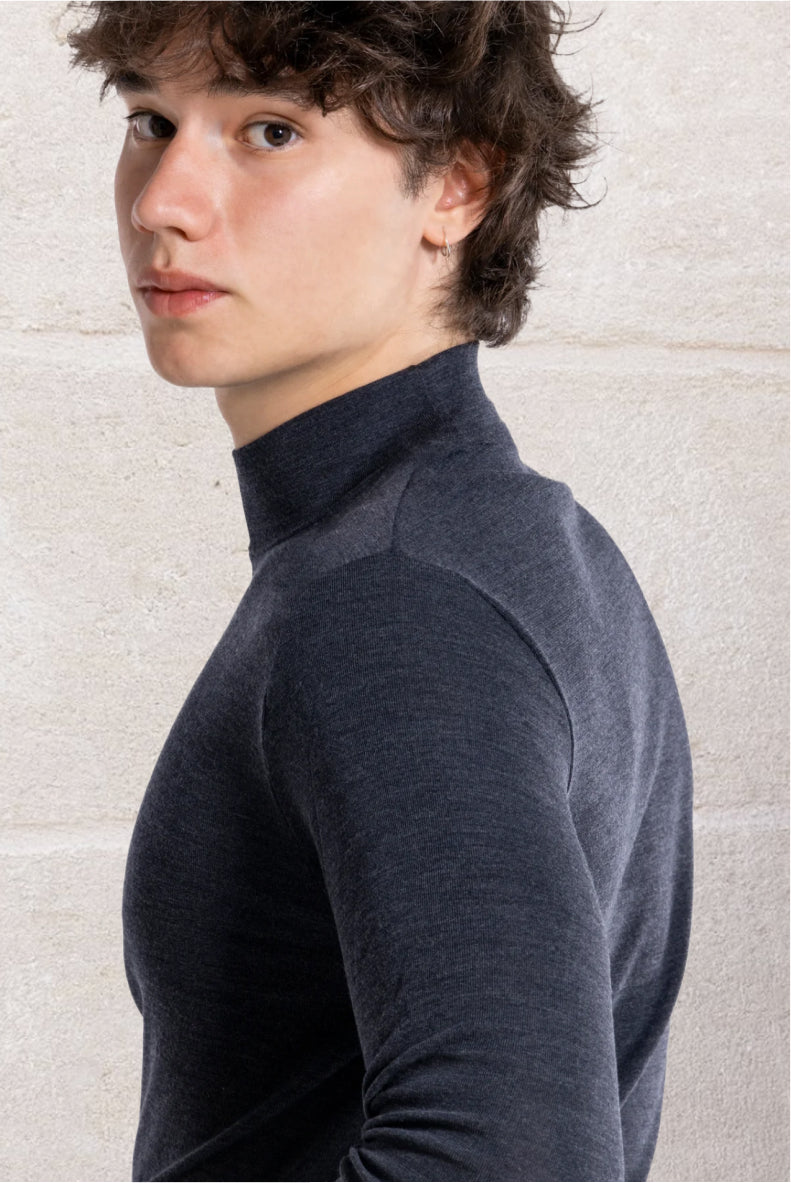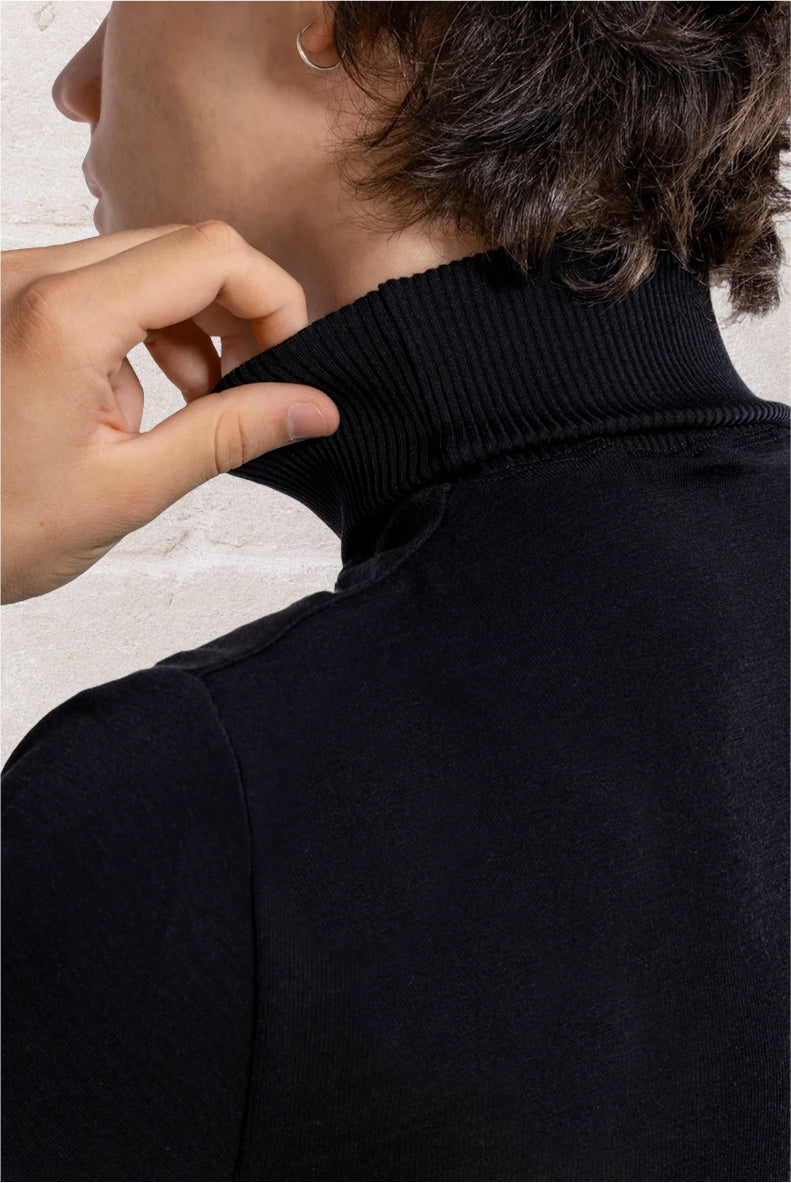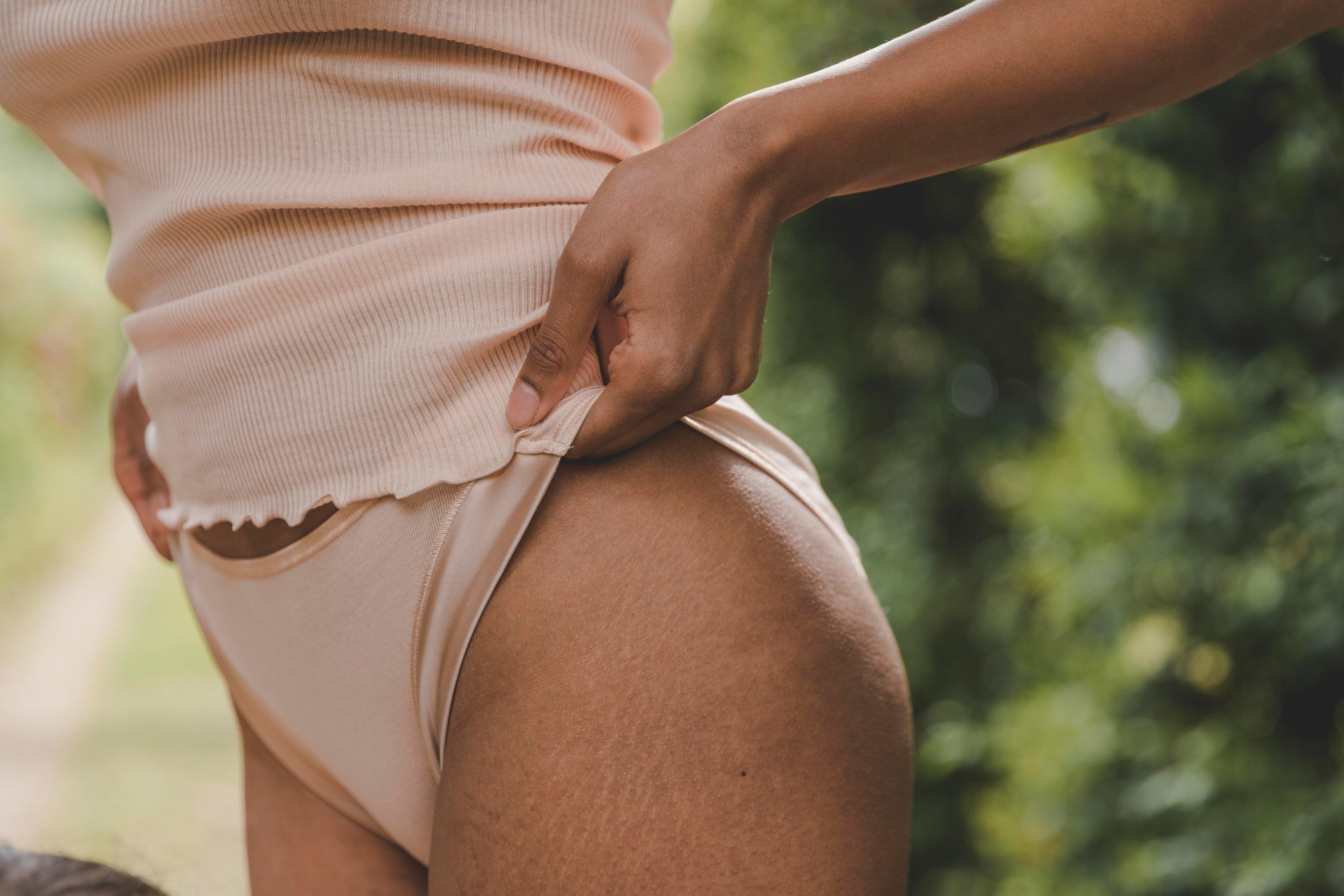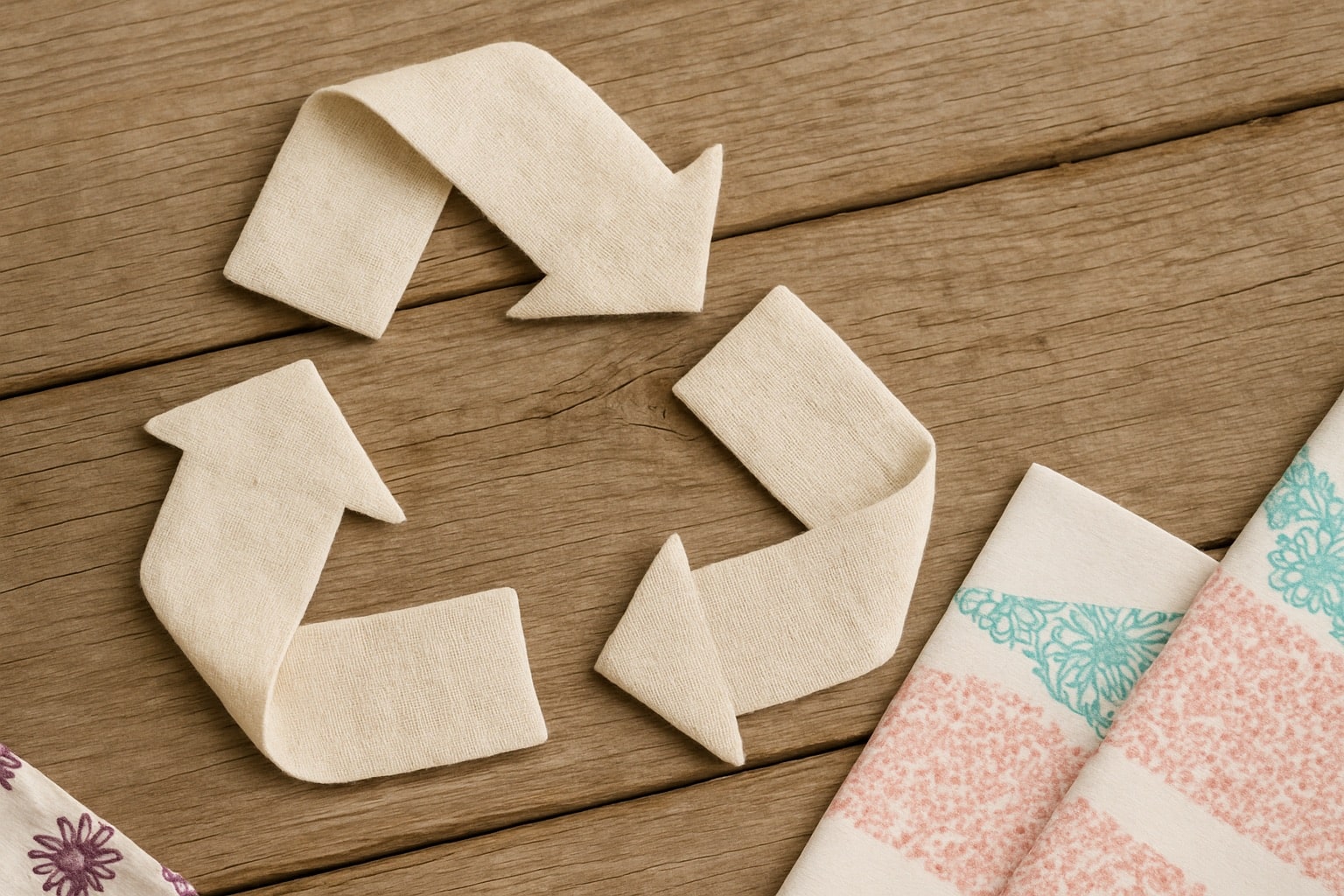
Linen, the natural fibre that defines summer
As conversations around sustainability and mindful fashion choices grow louder, linen continues to shine as a true summer wardrobe staple—not just for its beauty. Linen is an ancient and precious fibre that meets the needs of those who want to dress with style while respecting their body and the planet.
Lightweight, breathable, and durable, linen is also elegant, understated, and surprisingly versatile. It’s the ultimate summer fabric because it combines everything people are looking for today: beauty, comfort, freshness, and a transparent production story.
In this article, you’ll discover what makes linen such a remarkable fibre—how it’s produced, how it compares to cotton, why it’s the perfect choice for summer, and how Oscalito transforms it with care into timeless, high-quality garments. If you’re done with synthetic fabrics that don’t respect your skin and are ready to wear something that reflects a different, more conscious idea of style—this is the perfect place to start.

Index
- The ancient story of a nature-respecting fabric
- All the qualities of linen: lightness, breathability, and imperfect beauty
- Two fibres, two philosophies: linen vs cotton
- Caring for linen: a long-term commitment
- Oscalito’s approach to linen: quality, ethics, durability
The ancient story of a nature-respecting fabric
To truly appreciate the value of linen, we have to look far back in time. This fibre wasn’t created to meet a modern market demand—it has been part of human history for thousands of years. Its origins date back to Ancient Egypt, where it was cultivated along the banks of the Nile and revered as a symbol of purity. Some of the oldest textile artifacts ever discovered—dating as far back as 8000 BC—are made of linen. It was used for priestly robes, funeral wrappings (mummies), and royal trousseaux. Over the centuries, this fabric has crossed continents and eras, always linked to ideas of simplicity, longevity, and prestige.
Thanks to its inherent qualities, linen is more relevant than ever. It’s a particularly sustainable natural fibre that respects the land it grows on: it requires no intensive irrigation, needs very few chemical treatments, and leaves the soil fertile after harvest. Today, linen is still mainly grown and processed in Europe—particularly in France, Belgium, and the Netherlands. In these regions, a centuries-old tradition of flax cultivation meets a cool, humid climate that’s perfect for producing exceptionally high-quality fibre.

What truly sets linen apart, though, is its transformation process. After harvesting, the fibres undergo natural retting—a method that separates them without the use of chemicals. This is followed by scutching, spinning, and finally weaving. These are slow, meticulous steps, still often entrusted to skilled artisans, where nothing is rushed or forced. The result? A fabric that retains the living character of the plant—its captivating irregularities and its natural strength.
Types of linen: fibre finesse and intended uses
Depending on the fineness of the fibres and the processing method, linen can take on very different characteristics—each suited to a specific use. The quality remains high, but its texture, appearance, and purpose vary.
Fine linen is light, almost weightless. It’s used for items like handkerchiefs, lace, refined household linens, and elegant fabrics such as batiste.
Medium-weight linen is the most versatile: it’s ideal for clothing, shirts, bedsheets, and underwear—where breathability, durability, and comfort are key.
Coarse linen, with a stiffer structure and more visible weave, is best suited for tablecloths, dish towels, and household textiles designed for frequent, everyday use.
All the qualities of linen: lightness, breathability, and imperfect beauty
Linen is one of those materials that, once experienced on the skin, becomes truly indispensable—especially when temperatures rise and the body craves lightness. Unlike many modern fibres that rely on technical innovation to perform, linen needs no gimmicks: its natural composition is what makes it extraordinary.
Wearing linen means feeling instant freshness and breathability. In addition to being cool and airy, linen is also a fantastic thermoregulator: it helps keep your body temperature stable by adapting to the climate and supporting overall comfort in any condition. Its relatively loose weave allows for continuous airflow, and its fibres naturally absorb and release moisture quickly—drying fast and keeping the skin dry even on the hottest days. It’s no coincidence that linen is often (and rightly) called the ultimate cooling fabric.
But it’s not just about temperature control. Linen is also hypoallergenic and bacteriostatic—it doesn’t irritate, trap odours, or attract dust. It’s ideal for sensitive skin, for those who move a lot, and for anyone looking for garments that feel light, almost weightless.
Another major advantage? Its strength. Linen is one of the most durable natural fibres. It easily withstands frequent washing—and the more it’s used, the softer, more comfortable, and more beautiful it becomes. It softens without losing its structure—a rare quality that makes it perfect for those who value garments built to last.
And then, there’s its aesthetic. Linen isn’t smooth or uniform—it’s naturally imperfect. Its texture tells a story through soft creases, matte reflections, and organic variations. Each linen piece is unique: it adapts, it moves, it changes with the person who wears it. That’s what makes it so captivating: its beauty lies in imperfection—rich in character and quality.
Not just for summer: the many uses of linen
Linen is often associated with summer clothing, but this noble fibre is far more versatile than it may seem. It appears in everyday life in ways we might not expect—precisely because of its remarkable properties.
In the home, linen is a star material for bed linens, tablecloths, curtains, and even upholstery. It’s especially popular for stonewashed bedding sets, where its slightly raw texture helps create a warm, welcoming atmosphere.
In the wardrobe, linen is used for garments that are both light and structured: shirts, trousers, soft dresses, tops, as well as unstructured jackets or cotton-linen blends—ideal for transitional seasons. Increasingly, it’s also being chosen for lingerie and sleepwear, where its softness makes it perfect for direct contact with the skin.
Two fibres, two philosophies: linen vs cotton
When it comes to natural fabrics, people often compare linen and cotton. Both are natural fibers that are breathable and durable. However, as is often the case with such materials, it is the nuances that make the difference.
Cotton, especially high-quality cotton like the Egyptian Makò cotton used for our garments, is soft from the start. Its regular, firm texture makes it pleasant to wear and easy to care for. It easily adapts to the body's shape, providing an immediate feeling of protection and softness.
Linen, on the other hand, initially feels a bit firmer and drier to the touch. It isn’t soft right away, but it naturally softens over time and with use. In return, it offers lasting freshness, true breathability, and natural thermoregulation: the fabric promotes airflow, absorbs moisture, and dries quickly—helping the body maintain a stable temperature. It’s the perfect fibre for those who want a lightweight fabric that lets the skin breathe in any condition.

There’s another key difference: wrinkles. Linen tends to crease, but never loses its elegance. In fact, that’s part of its charm—an authentic, expressive aesthetic. Cotton, by contrast, holds a smoother, neater shape. In the end, the two reflect similar yet distinct styles: one more spontaneous and natural, the other more polished and classic.
And then there’s a third way: blending linen and cotton. When these two fibres come together, they create a harmonious fabric that combines the best of both worlds. Linen’s breathability and texture meet cotton’s softness and structure. The result? Garments that last over time, adapt to the body, and stay beautiful—even after many washes
Caring for linen: a long-term commitment
Linen is a noble fibre, yet it only requires a few simple gestures. The more you wear it, the more you wash it, the more it becomes truly yours. But like anything precious, linen needs to be treated with care to give its best. Here’s how to do it right.
-
Washing it is easy, it can go in the washing machine, ideally on a gentle cycle with lukewarm water. Linen doesn’t like thermal shock or harsh detergents: moderate temperatures and a mild, neutral soap are enough to preserve its texture and softness.
-
It dries quickly, but needs space. The best way to maintain its shape and quality is to let it air dry, away from direct sunlight. Tumble dryers aren’t linen’s friend—intense heat can stiffen or shrink the fabric.
-
Its wrinkles aren’t a flaw, but part of its character. If you prefer a smoother look, linen irons well while still slightly damp, use steam and press it inside out if possible. That said, many people choose not to iron it at all: a slightly creased linen shirt or pair of trousers gives off a relaxed, effortlessly cool vibe.
Taking care of linen is a mindful habit rather than a chore. It asks for very little, yet it gives back more over time—growing softer, more beautiful, and more comfortable with every wash.
Oscalito’s approach to linen: quality, ethics, durability
At Oscalito, linen perfectly reflects the values we’ve always believed in: natural materials, lasting quality, full traceability, and respect, for the people who wear our garments and for those who make them.
When we select materials for our collections, like those in our linen line, we do so with care and attention, every time. We work with certified suppliers and prioritise linen that’s grown and processed with respect for both the environment and the people involved. The result is garments that stand the test of time, improve with wear, and tell a story that goes beyond fast fashion, a story rooted in craftsmanship, research, and true value.
While many brands choose linen for its trend appeal, for us it’s a natural extension of who we are and what we’ve believed in for nearly 90 years: a sense of beauty that you can feel on your skin, but that starts, first and foremost, with deeply held values. Values that never go out of style.


